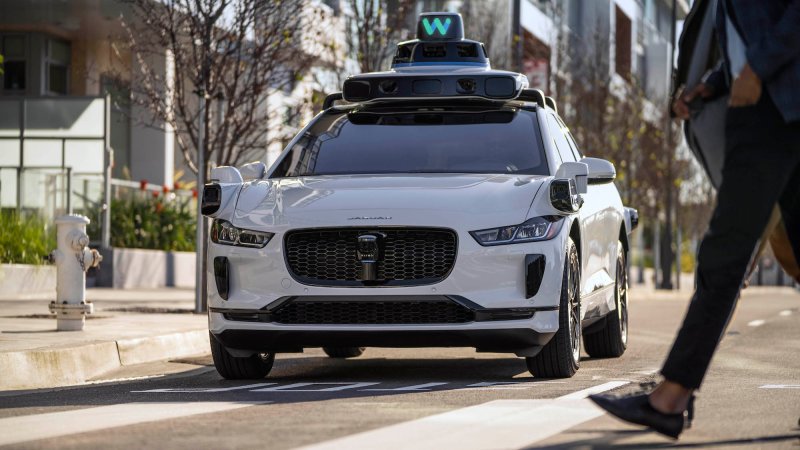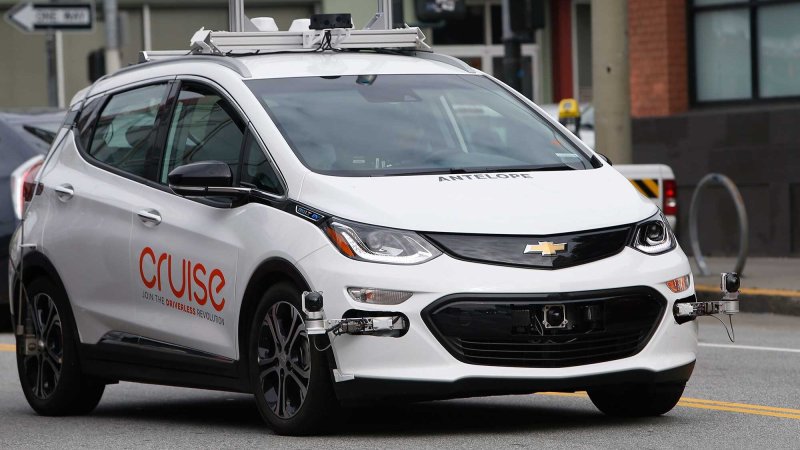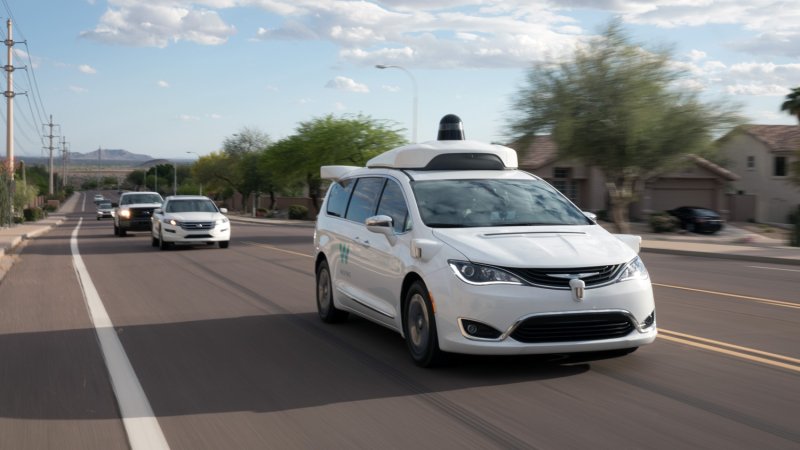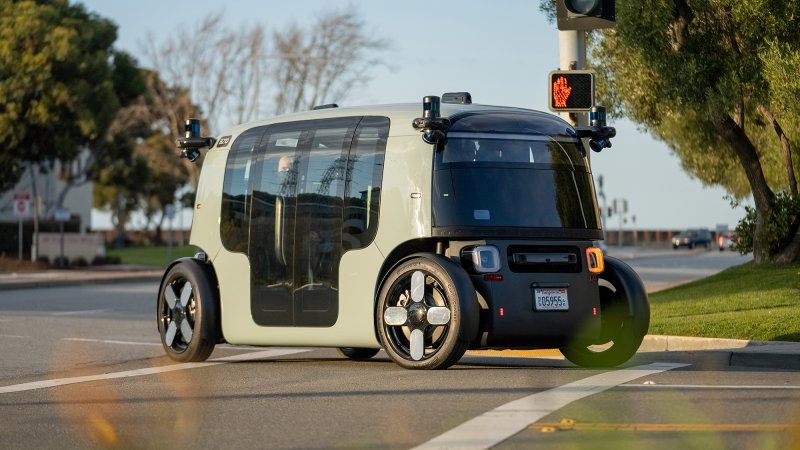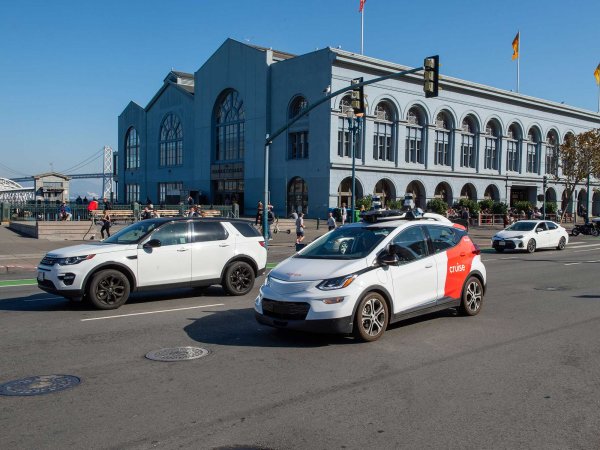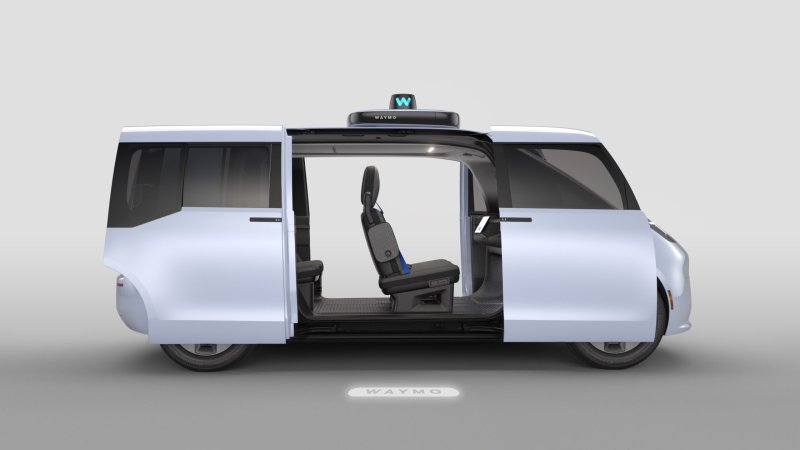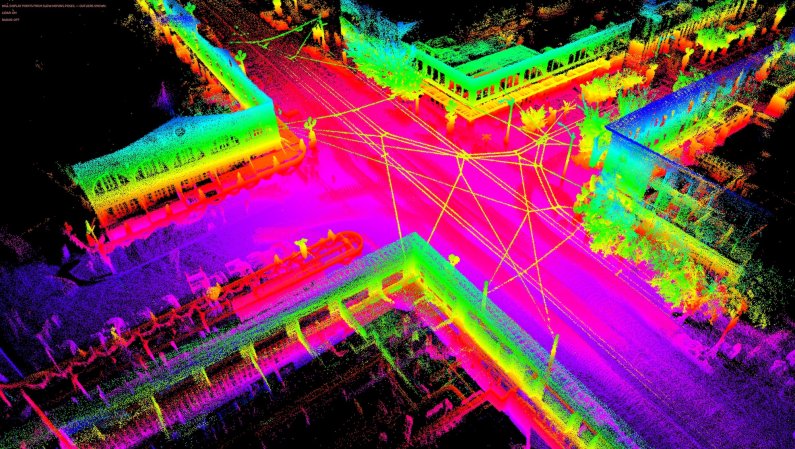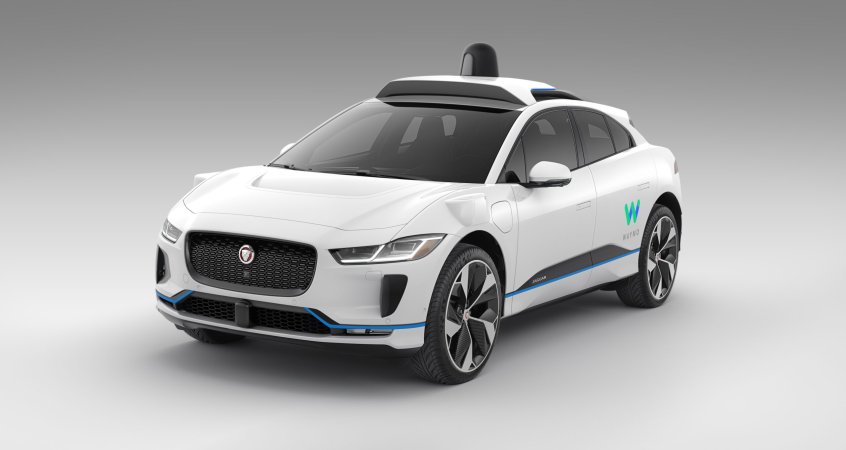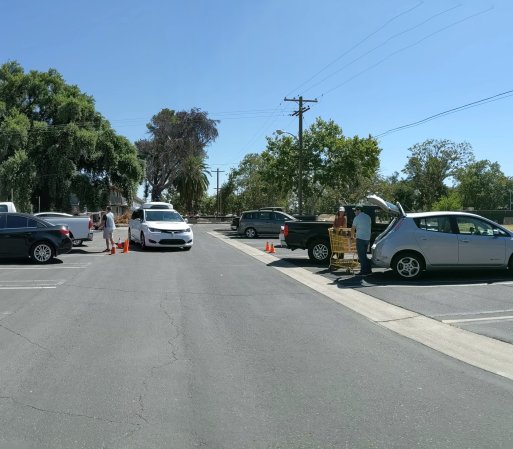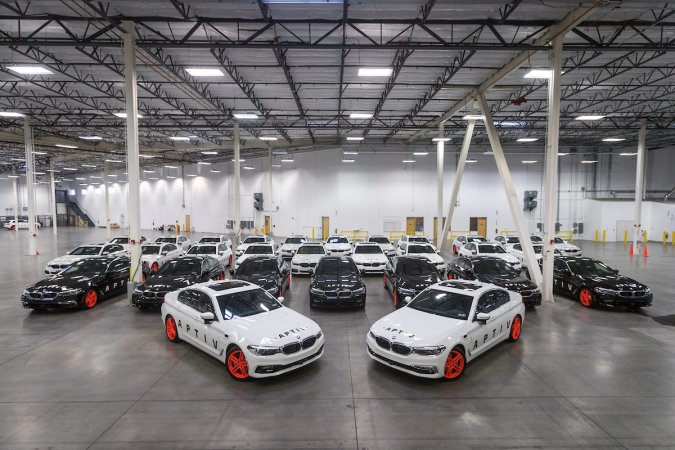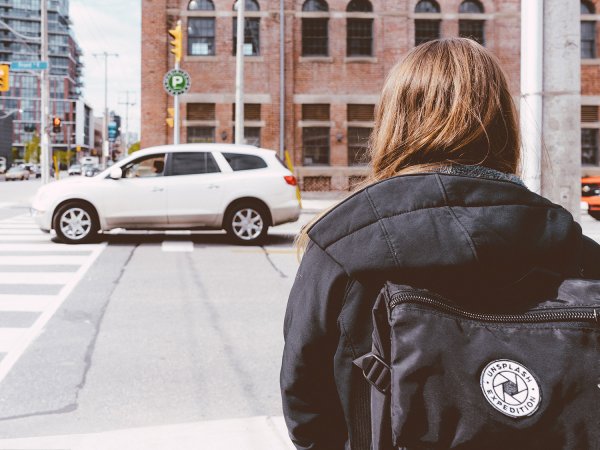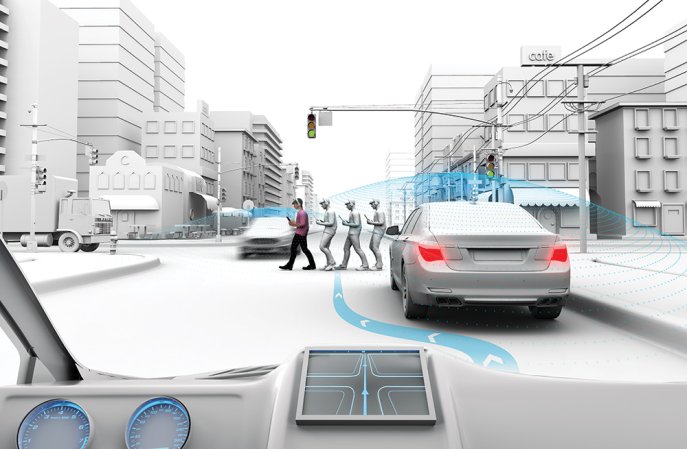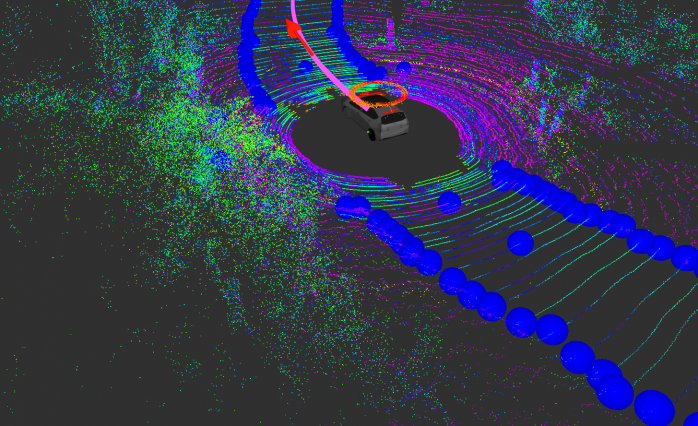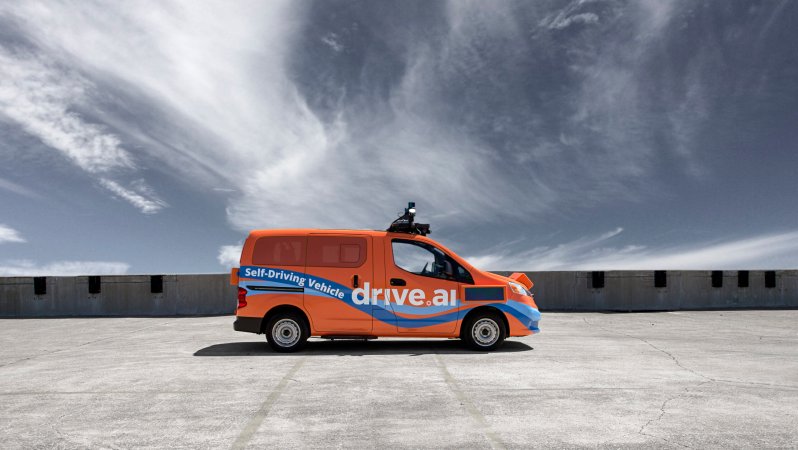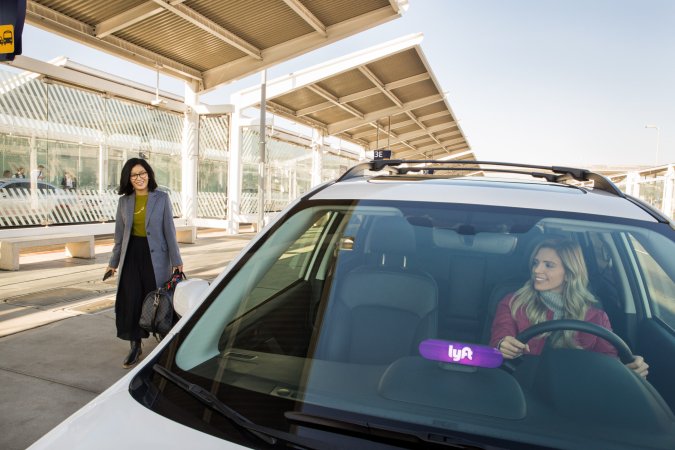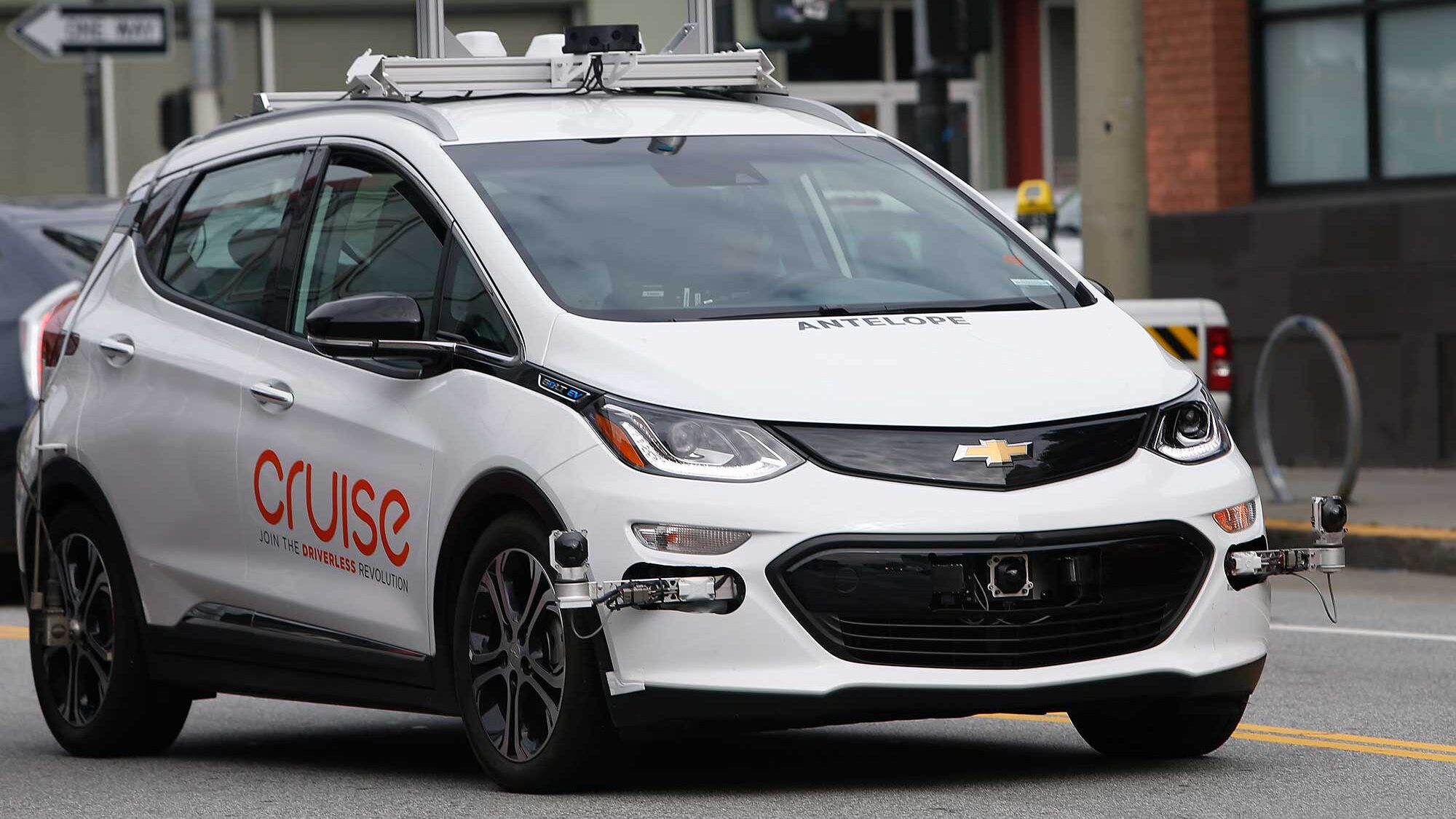

After just getting the green light last week to operate 24/7 in San Francisco last week, driverless robotaxis have had a rocky few days blocking traffic, running stop signs, and generally showing that they might not be as ready for the real world as companies like Waymo (owned by Google parent company, Alphabet) and General Motors’ Cruise would like.
Last Thursday, the California Public Utilities Commission (CPUC) voted 3-1 in favor of allowing robotaxis to begin 24/7 commercial operations immediately. At the time, there was plenty of pushback from the general public, public transportation representatives, and emergency services like the fire department. The San Francisco Municipal Transportation Agency, for example, had apparently logged almost 600 “incidents” involving autonomous cars since 2022, while the San Francisco Fire Department has tracked 55 “episodes” this year where the vehicles interfered with its attempts to fight fires and save lives by running through yellow emergency tape, blocking firehouse driveways, and refusing to move out of the way of fire trucks. Despite this, the proposal went ahead.
Then over the weekend, things took a turn for the surreal. In what ABC7 News called a “bizarre futuristic scene,” ten Cruise vehicles blocked a road in the North Beach area of the city for around 20 minutes. Videos on social media show the robotaxis stopped with their hazard lights flashing, blocking a road and intersection preventing traffic from navigating around them. In one TikTok video, a user commented that “the Waymo is smarter” after it pulled up and managed to navigate around the stalled Cruise car.
Cruise responded to a post on the social network formerly known as Twitter, blaming the situation on Outside Lands, a music festival taking place in San Francisco. According to Cruise, the large crowds at the festival “posed wireless bandwidth constraints causing delayed connectivity to our vehicles.” However, critics pointed out that the festival was approximately 6 miles away from where the vehicles were blocking traffic.
In an interview with ABC7 News, Aaron Peskin, president of the San Francisco Board of Supervisors said that the city would be petitioning CPUC and asking the state regulators to reconsider the decision to allow robotaxis to operate in the city. “We’re not trying to put the genie back in the bottle, but we are standing up for public safety.” He explained that, “What this says to me is when cell phones fail, if there’s a power outage or if there’s a natural disaster like we just saw in Lahaina that these cars could congest our streets at the precise time when we would be needing to deploy emergency apparatus.”
[Related: San Francisco is pushing back against the rise of robotaxis]
And that’s just the headline event. In another video posted to social media over the weekend, a Cruise vehicle is shown illegally running a stop sign and having to swerve to avoid a group of four pedestrians—two women and two children—while other posters have reported similar experiences. More entertainingly, on Tuesday, photos were posted of a Cruise vehicle “drove into a construction area and stopped in wet concrete.” According to The New York Times, the road was repaved at “at Cruise’s expense.”
All this comes as the autonomous vehicles space is going through a major change up. For the past decade or so, tech companies, car companies, ride sharing services, and start ups have plowed through billions to develop robotaxis with limited financial success. As a result, some companies, like the Ford and Volkswagen backed Argo AI, have shut down, while others, like Waymo, have cut jobs.
Now, though, it seems like Cruise and Waymo feel like they are in a position where their AVs can start earning money, at least in cities with friendly regulators—even if they are a long way from turning a profit. Other companies, like Motional and the Amazon-owned Zoox, are still testing their vehicles—but you can be sure they are watching the San Francisco situation with interest. Pony.ai, which lost its permit to test its vehicles in California last year, currently operates a fully driverless ride-hailing service in China and is testing in Tucson, Arizona.
But given how the first few days of uninhibited operations have gone for Cruise, it remains to be seen if San Franciscans will continue to allow robotaxis to operate. Peskin, the president of the Board of Supervisors, told KPIX-TV that the driverless vehicle companies “should take a timeout and a pause until they perfect this technology.” In the gap period between when that could happen, if the city convinces CPUC to revoke its permit, robotaxis could quickly go from winning one of their biggest victories to one of their worst setbacks.
